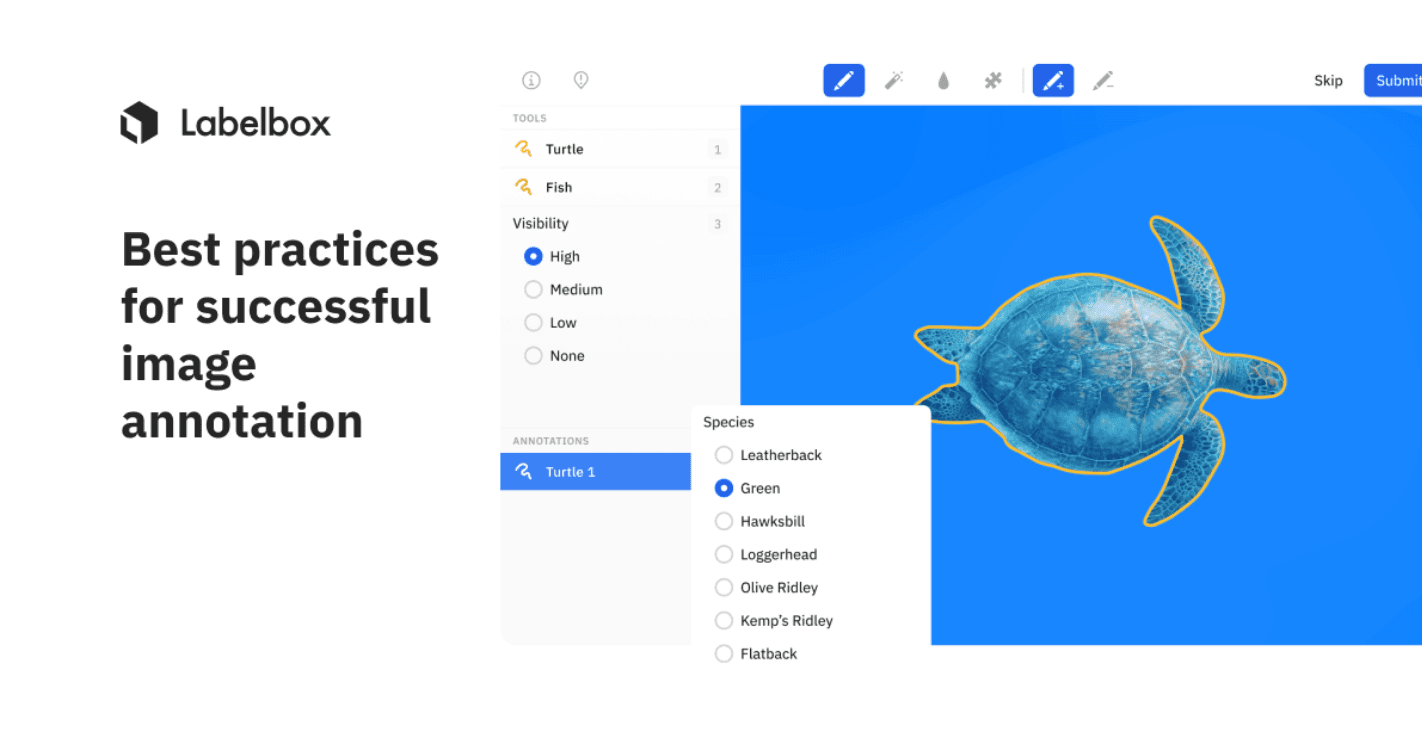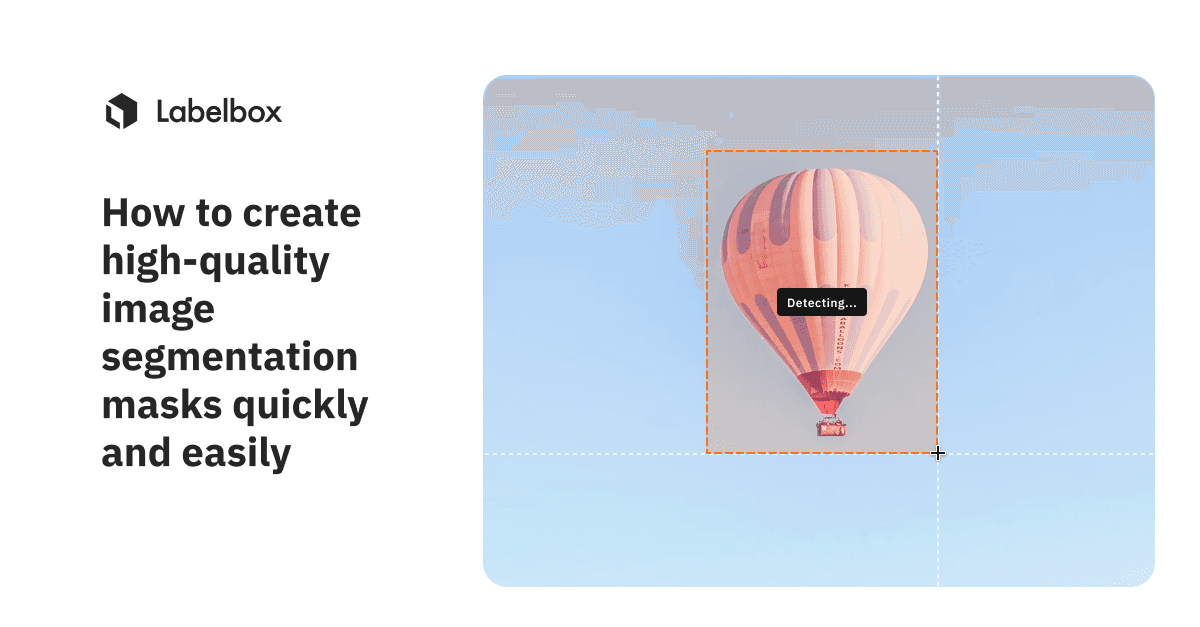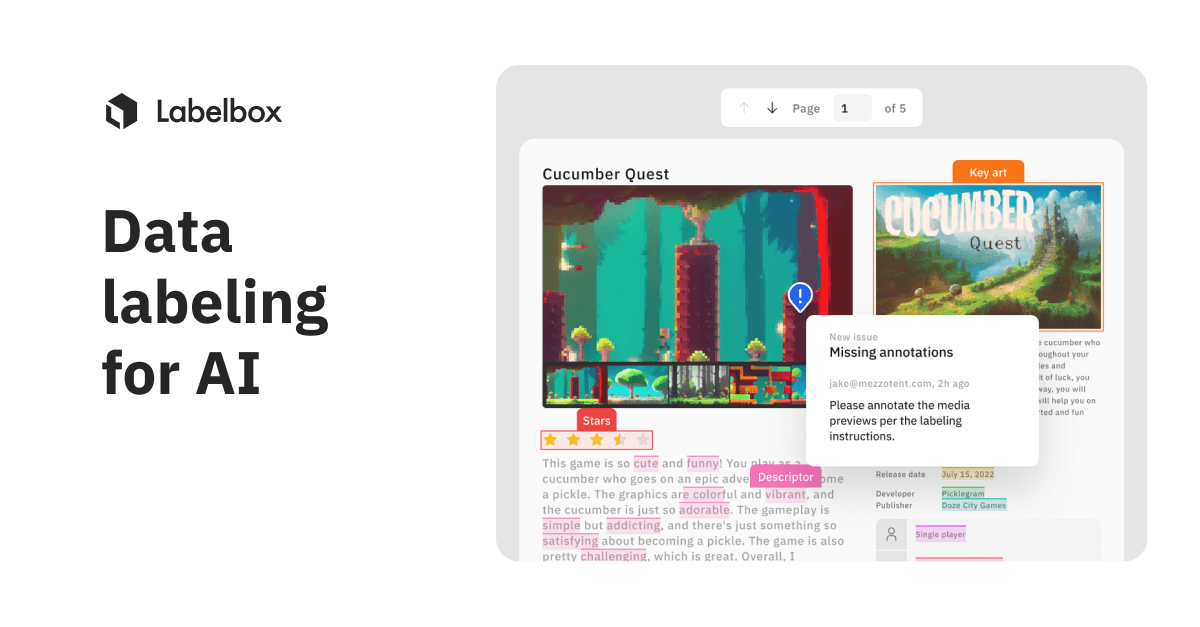Use case
Image Segmentation
Precisely outline and label specific regions within images and videos for improved visual comprehension and analysis using Labelbox image segmentation.

Trusted by companies of all sizes for image segmentation — from startups to Fortune 500s


Why Labelbox for image segmentation
Accelerate AI alignment
Combine model assisted labeling and human expertise to quickly prepare data for training, testing and validation.
Generate high quality datasets
Optimize custom labeling and review workflows to ensure the highest quality data for model training and fine-tuning.
Maintain data privacy & security
Keep full ownership, transparency, and control over your data throughout the AI development process.
Boost your AI expertise
Supercharge your data engine with the help of Labelbox AI experts and on demand labeling services.

Building AI solutions
Building AI applications with image segmentation
Create image segmentation models with the ability to categorize and interpret visual data for industry-specific tasks such as medical diagnosis.

Using AI
Using AI applications with image segmentation
Automate image segmentation to accelerate the labeling process without diminishing the quality of annotations using auto-segmentation tools and bulk pre-labeling.
Explore models for image segmentation

Boost your AI workforce
Access data labeling services with specialized image segmentation expertise and more to match your use cases. Collaborate with the workforce in real-time to maintain high data quality while keeping human labeling costs to a minimum using AI and automation techniques.
Customer spotlight
Blue River Technology needed to rapidly scale and optimize their computer vision model development pipeline and decrease their iteration cycles — which often took several weeks — to deliver superior AI-powered products. Two of the primary causes of delay in their processes were data management infrastructure that was created and maintained by ML engineers and an arduous data curation process that took longer and became more painful as the amount of data increased.
To accelerate iteration, the team built a unified machine learning and data engine that leverages embedded integrations with best-in-class data storage and management, data curation, and labeling solutions. As a result, their iteration cycle was significantly shortened, and engineering hours were freed for increased focus on model development.


